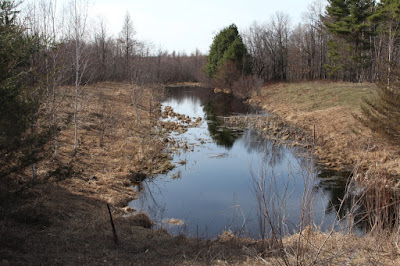
We haven't done a lot this year to focus on National Poetry Month, in part because each time we post here, we include a poem that we think relates somehow to the day's theme. We've now done that about 2,350 times, almost all of them consecutive days. We believe there's poetry for everyone and everything. In fact, this week we came across an opinion to the effect that poetry is like music, you may not like all music, but you probably like at least some. To properly wind down National Poetry Month this year, please go find some poetry you like. Of course, we'd like it if you checked in here every day looking for some. Another option would be to sign up for Poem-a-Day, or bookmark that link and check it daily.
Although we neither understand nor enjoy all poetry, we're currently reading and enjoying, among other books, Tracy K. SMith's Wade In The Water and Jim Harrison's Dead Man's Float. Here's a poem from Harrison's volume as we move from the country of April to that of May.
Another Country
By Jim Harrison
I love these raw moist dawns witha thousand birds you hear but can'tquite see in the mist.My old alien body is a foreignerstruggling to get into another country.The loon call makes me shiver.Back at the cabin I see a bookand am not quite sure what that is.
********************************************
Thanks for visiting. Come again when you can.
Please be kind to each other while you can.

























